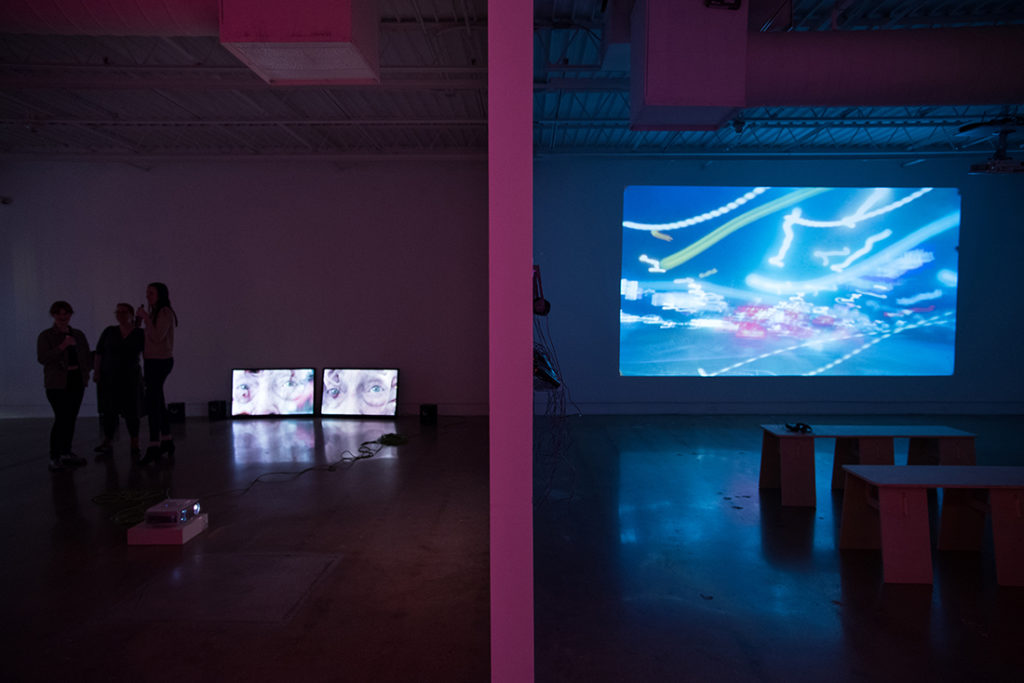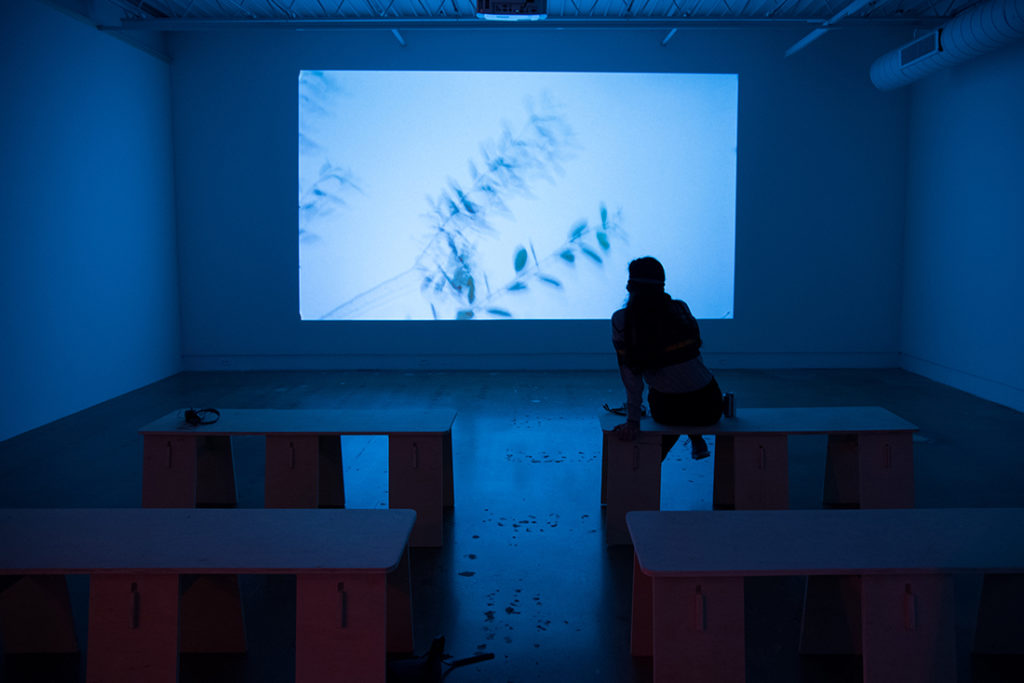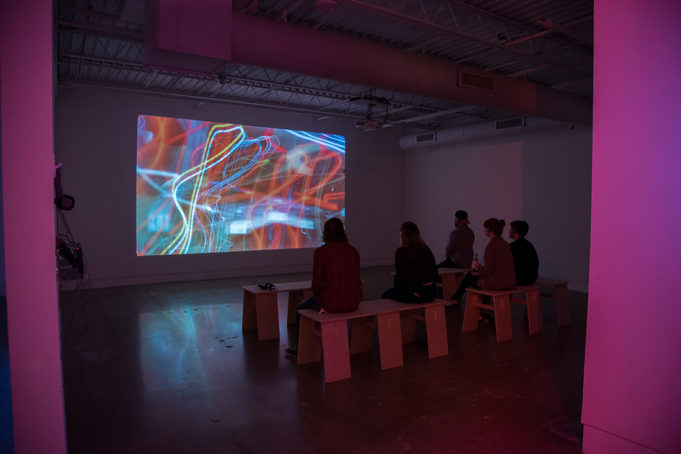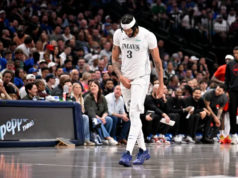As Head of Moving Image at the Royal College of Art, Jordan Baseman has lectured at various U.K. colleges and has made countless films that have played at prominent institutions and film festivals all over the world.
His latest work, gendersick, is playing at Fort Worth Contemporary Arts on the campus of TCU until November 17. The exhibition showcases three of his latest films: gendersick, La La La La, and Even More Before. Baseman teamed up with TCU’s College of Fine Arts for the installation, and the short of the same name features footage shot around North Texas, while a TCU grad student who identifies as agendered narrates about identity and love in today’s sex-complexed climate.

2018
The Art Galleries at TCU
You live quite far from Fort Worth. How did the collaboration with TCU come together?
I met the director of FWCA, Sara-Jayne Parsons, here in the U.K. Although I am American, I have lived here since graduate school. Sara curated a show that I was lucky to be involved in a number of years ago.
How did you and the narrator collaborate on the project?
I got introduced to the narrator, and we agreed the terms easily. We met a number of times, we talked, I recorded everything, and that was pretty much that. They knew exactly what they were contributing to. The narrator is one of the smartest, most dynamic people that I have met. They are eloquently able to express themselves in a rush of emotion and thought that is beautiful and complex.
You have people narrating deeply personal and repressed elements of their lives. How do you gain your subject’s faith that you will tell their story as best as possible?
The process only works if the relationship is meaningful and real. Often, there is a big time factor in developing relationships, but sometimes, as in gendersick, you just connect with someone and it is pretty easy. We established early on that we liked some of the same music and that we shared a similar outlook in many ways.
Did you shoot before or after recording the voiceover, and what inspired you to create a series of quick cuts of blurred streetlights and time lapses?
We recorded everything at the same time. It was complicated and intense. At the time of recording, that week in July, I was just trying not to think about it too much. My plan was to go with it, see what I could collect, and then head back to my studio to make something. The visual material is time-lapse animations made on the streets of DFW. I wanted to make an abstract work that didn’t create a spectacle of the narrator. I wanted to make something that is woven together visually and aurally.
In La La La La, the woman narrator with dementia says, “I thought I would always just jump into the sea, and the waves would just wash me away.” How did you revert to a positive headspace once you completed the film in post-production?
La La La La was an intense thing to make. That took three years to get into the Care Home to record. I spent a month there, three days a week. The person you are talking about, the one who wants to die, has now passed on. She was an amazing person. All she wanted at 93 was the right to say, “You know what? I’ve had enough.”
What do you want people to take away from gendersick?
I want people to enjoy them, to be provoked by them, to hate them, to love them. Whatever people feel, they feel. I am not trying to control that. I am trying to make something beautiful and elegant, that expresses perceived and lived experience, through humor, language, the spoken voice, and visual complexity/simplicity.

2018
The Art Galleries at TCU
Thru Nov 17 at Fort Worth Contemporary Arts, 2900 W Berry St, FW. Free. 817-257-2588.












